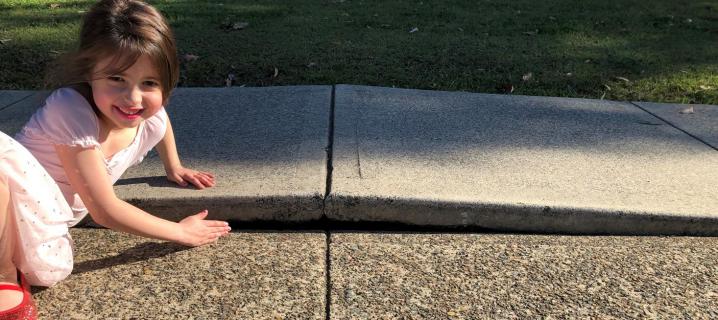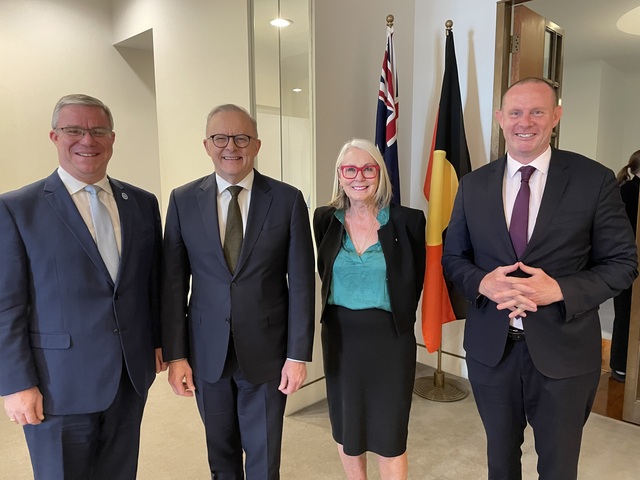Cement and Concrete Technology has evolved over many thousands of years from the days of the Roman Empire to the English and French pioneers of early research and development (eg Aspdin, Smeaton , Vicat, Monier and others) to the current researchers all around the World.
It is more important than ever to understand concrete technology as concrete is used in nearly all forms of construction whether it be residential slabs, high rise towers, bridges, water tanks, highways and so on.
Having worked for Boral and Readymix (now Holcim) as well as the Cement and Concrete Association (CCAA) in my early career, I have seen how concrete has continued to evolve over the past 30 years.
Admixtures such as polycarboxylate ethers have made concrete much more workable than ever before with less reliance on vibration (though still an important part of the process).
Self-curing concretes, nano-technology concretes, geopolymers and the like continue to make improvements in how we use concrete yet still keeping an eye on sustainability and the environment.
Having written many reports for lawyers and insurance companies over the years (my more recent appointment being a concrete specialist consultant to lawyers for the Opal Tower), I have seen how many consulting engineers, building company technical staff, Council and Local Government engineers have not fully kept up with developments in concrete technology (in particular concrete mix design).
It is not good enough to just leave it to the suppliers of concrete and hope they supply the correct mix for your application. Engineers should have a thorough knowledge of the process and be able to carry out a mix design themselves based on the materials available and the requirements of AS1379 and AS3600. In particular, if Government engineers are dealing with bridges, then it is even more important to understand mix design requirements to satisfy Bridge Codes (eg AS5100, DOT/ MR publications in various states, including B80 in NSW).
The most damaging chemical compounds to reinforced concrete include chlorides and sulphates (not to mention a myriad of other elements).
Chloride diffusion tests such as NT433, NT492 and ASTM C1202 are nominated as tests that should be carried out to ensure that the concrete being used does not allow too many chlorides to penetrate the matrix during its design life (which in the case of bridges is 100 years). Other tests to determine carbonation depths into concrete are also part of the process to ensure adequate concrete durability. Then finally in the long-term, bridge engineers in particular have to focus on potential issues with Alkali Aggregate Reactions (AAR) within concrete element.
The limitation on sulphate content in concrete is spelt out in the various Australian Standards relating to the concrete elements addressed (eg AS2870 for Residential House Slabs and Footing Beams, AS2159 for Piles and AS3600 for general Concrete Structures).
The area that creates the most controversy is cracking in concrete and trying to pinpoint the reasons for such cracking in your concrete structure. The most common include plastic shrinkage cracking and plastic settlement cracking. I developed a formula over 25 years ago that is now used around the world to predict the potential onset of plastic shrinkage cracking. It is now quoted in the American Concrete Institute publication ACI 305 Hot Weather Concreting and in the American Concrete Pavement Association (ACPA) software APP used by their field staff to determine if plastic shrinkage cracking is imminent in their newly placed pavements.
Even extreme temperatures during hot sunny days can induce cracking in concrete (as can be seen when footpaths lift when expansion joints are compromised). The other type of “thermal cracking” that occurs is when large mass pours of concrete are placed on site and the heat of hydration (from cement reactions) cannot escape quickly enough, thus causing the member to first expand, then contract when cooling and finally crack.
That is why at ETIA we conduct a one (1) day course on Concrete Technology (via Zoom). I will cover all these topics and more (including an in-depth concrete mix design example) in this workshop. We also conduct a two-day Cement and Concrete Practice course (face to face only in Sydney) which is not a technical as the one-day course and thus appeals to a wider audience (eg Inspectors, Batchers, Suppliers).
The next Concrete Technology (one day) course will be conducted on 27 September 2022. The next Cement and Concrete Practice (two-day) course will be conducted on 18-19 October 2022. For further information visit: www.etia.net.au/events/course-list or contact Joanne on 0413 998 031.








